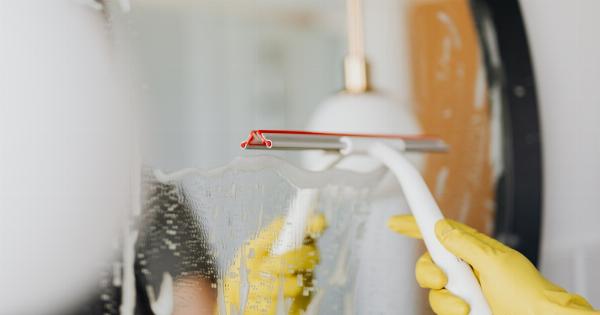Discovering a tick on your body can be a cause for concern, as these small parasites can transmit harmful diseases. However, it’s important to remove a tick properly to minimize the risk of infection.
This article will guide you through the step-by-step process of safely removing a tick from your body.
Gather the Required Tools
Before attempting to remove a tick, ensure that you have the following items:.
- Tweezers or a tick removal tool
- Disposable gloves (if available)
- Antiseptic wipes or rubbing alcohol
- A clean, small container or ziplock bag
Identify the Tick
It’s essential to identify the type of tick you are dealing with, as certain species may pose a higher risk of disease transmission. Take note of the tick’s size, color, and any distinguishing features.
You can use your smartphone or a tick identification guide to assist you in this process.
Prepare for Removal
Put on disposable gloves to protect yourself from potential pathogens. If gloves are not available, wash your hands thoroughly before and after the tick removal process.
Additionally, clean the area surrounding the tick bite with antiseptic wipes or rubbing alcohol.
Use Proper Tick Removal Technique
Follow these steps to safely remove the tick:.
- Take the tweezers or tick removal tool and grasp the tick as close to the skin’s surface as possible.
- Gently pull upward with steady pressure, ensuring not to twist or squeeze the tick.
- Avoid crushing the tick’s body or leaving any mouthparts embedded in the skin.
Dispose of the Tick
Once successfully removed, place the tick in a clean container or ziplock bag. It’s important to keep the tick for further identification by a healthcare professional if needed. Label the container with the date and location of the bite.
Cleanse the Bite Area
Thoroughly wash the bite area with soap and water after tick removal. Alternatively, you can use antiseptic wipes or rubbing alcohol to cleanse the site.
Monitor for Symptoms
After removing the tick, it’s crucial to monitor the bite area for any signs of infection or illness. Look out for symptoms such as a rash, fever, headache, muscle or joint aches, fatigue, or swollen lymph nodes.
If any unusual symptoms occur, seek medical attention promptly.
Prevent Future Tick Bites
To minimize the risk of future tick bites, consider implementing the following preventive measures:.
- Wear long-sleeved shirts and long pants when venturing into tick-prone areas.
- Use insect repellents containing DEET or picaridin.
- Perform thorough tick checks on your body and clothing after spending time outdoors.
- Take a shower within two hours of being outdoors to wash off any potentially crawling ticks.
Seek Medical Advice
If you experience persistent symptoms or have concerns about the tick bite, consult a healthcare professional. They can provide appropriate advice, conduct necessary tests, and prescribe any required treatment.





























